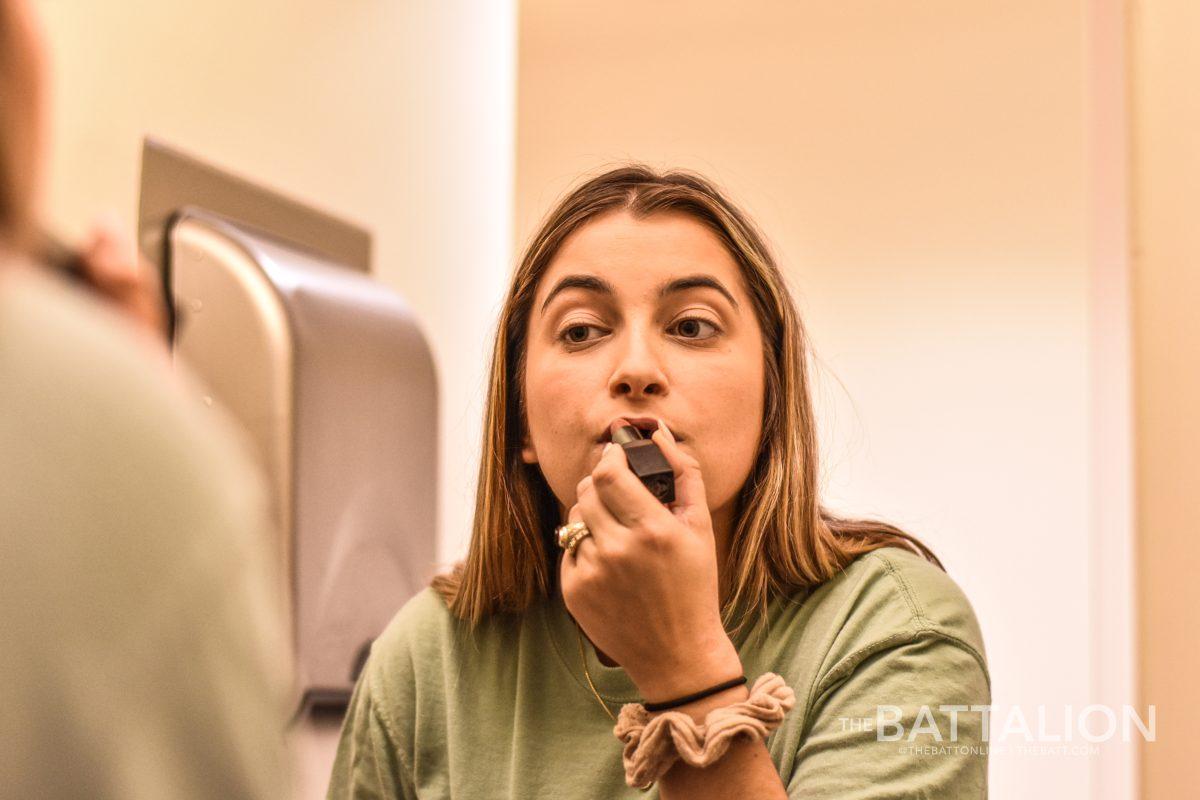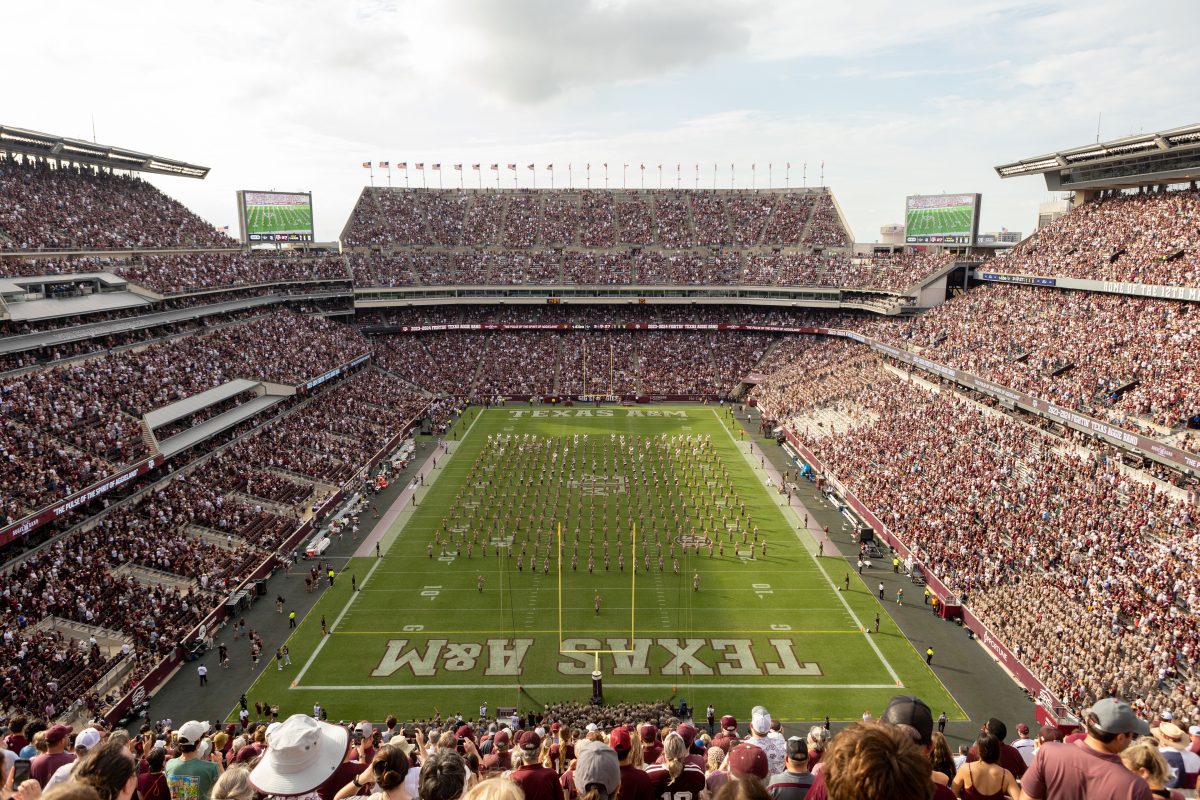In a world full of women of varying size, race and age, experts on female sexuality and health find the margin of female representation in media and entertainment to be quite slim.
Many visual representations of women in entertainment, advertisements, pornography and more are seen through the lens of the “male gaze.” This term is used by film theorist Laura Mulvey to describe the way in which women are viewed, specifically in television and movies, as a way to derive male sexual pleasure.
Mulvey said in her book, “Visual and Other Pleasures,” there is a sexual imbalance in the way men decide to portray women in movies and television.
“The determining male gaze projects its phantasy onto the female form, which is styled accordingly,” Mulvey said in her book. “In their traditional exhibitionist role, women are simultaneously looked at and displayed, with their appearance coded for strong visual and erotic impact so that they can be said to connote to-be-looked-at-ness.”
Associate professor in the Texas A&M Department of Communication Tasha Dubriwny said this view is not necessarily representative of women’s preferences. Dubriwny referenced Mulvey’s work and said women are typically characterized by the way they are intended to be looked at.
“The woman is [a] spectacle, and [the] man is the person who is looking,” Dubriwny said. “I would characterize the male gaze as a particular way of looking: one that typically positions women as objects, sexual objects specifically, that are there to be viewed and enjoyed by men. And through this gaze, women are sexualized; they are disempowered; and they are framed in terms of male desire.”
Dubriwny said the James Bond movies are a clear representation of the male gaze because of the way women are presented, how they are filmed and how they are positioned as “sexual playmates.” In this way, women are sexual objects for the other characters in the story, as well as the movie viewer.
“We can think about the way the male gaze works, for example, at bars or on college campuses as well,” Dubriwny said. “One could argue that the male gaze — again, a gaze that objectifies and sexualizes women — asks women to understand themselves and perform as sexual objects. Part of the problem here is that women’s sexual desires are not embraced by the male gaze; in fact, they’re quite invisible. The gaze instead focuses on what is pleasurable to men.”
Clinical assistant professor in health and kinesiology Sara Fehr said the male gaze can be particularly detrimental to young women, as the hypersexualization of women is seen across various media and entertainment platforms today.
“Media can be damaging, obviously, in many senses to a young person’s … identity because we have hyper-sexualized women in media,” Fehr said. “Young girls — young women — might look up to these … truly unattainable standards of beauty and physique.”
Fehr, who specializes in human sexuality and women’s health, said the male gaze perpetuates traditional, or outdated, views of gender roles in society.
“Men are seen [as], or thought to be, more dominant, more assertive, more aggressive, the person that will instigate relationship sexual activity,” Fehr said. “Whereas women are seen, or portrayed or thought [of], as being more reserved, more submissive, patiently waiting for instigation by a male partner if we’re talking heteronormative [relationships].”
Fehr said women can also be viewed in an unrealistic way in different kinds of product advertisements, especially promoting male-centered products.
“If we’re talking about products that are basically geared toward men, oftentimes you will see women portrayed in these ads as [being] something that is a benefit,” Fehr said. “We see it a ton when it comes to alcohol advertisements and pornography.”
While many advertisement firms still uphold the “sex sells” position, Dubriwny said there are some companies that are actually starting to embrace different female body types to show more diversity, such as the Dove beauty campaign and clothing brands like Old Navy.
“On the one hand, we have companies like Victoria’s Secret that continue to promote a very kind of idealized, hegemonic understanding of female beauty. Their models are tall; they’re skinny; they’re full-breasted; they’re usually white; they’re always sexy,” Dubriwny said. “On the other hand, we have a number of brands that are promoting their product by using a far more diverse range of women, and they’re diverse in terms of size, in terms of age and in terms of race.”
The male gaze’s sexualization of women in different media platforms can make it harder for women to “engage fully in their sexuality,” Dubriwny said. However, there are recent instances of women going against the common male-driven depiction of women.
“I think we’re seeing women discuss their sexuality more openly across different media platforms, and in doing so, I think they’re certainly disrupting the power of the male gaze, and they’re embracing their own desires and the right to define their own desires,” Dubriwny said.
Women: By men, for men
December 13, 2021
Photo by Photo by Abbey Santoro
The male gaze is defined as the typically hypersexual man’s perspective of women.
Donate to The Battalion
Your donation will support the student journalists of Texas A&M University - College Station. Your contribution will allow us to purchase equipment and cover our annual website hosting costs.





















